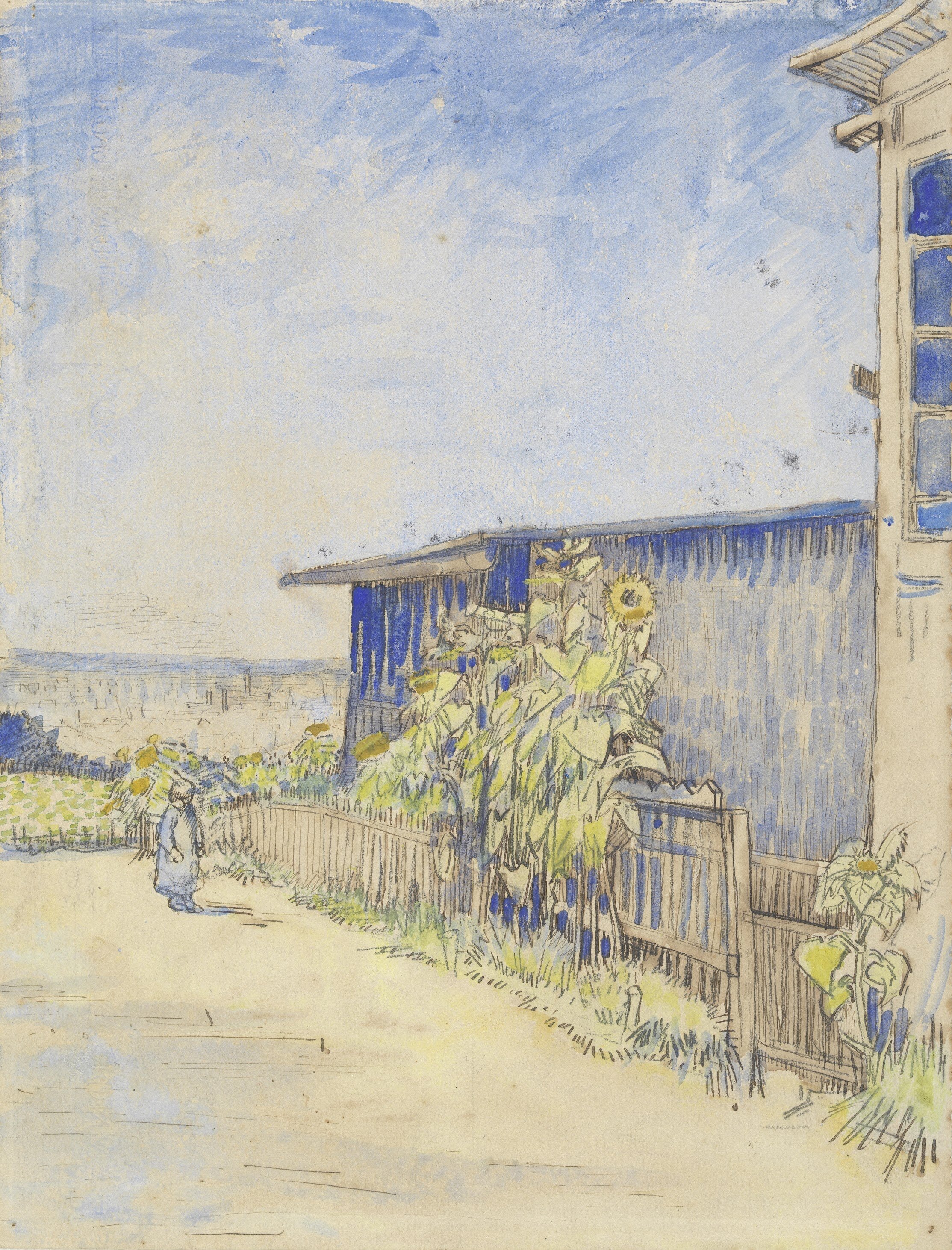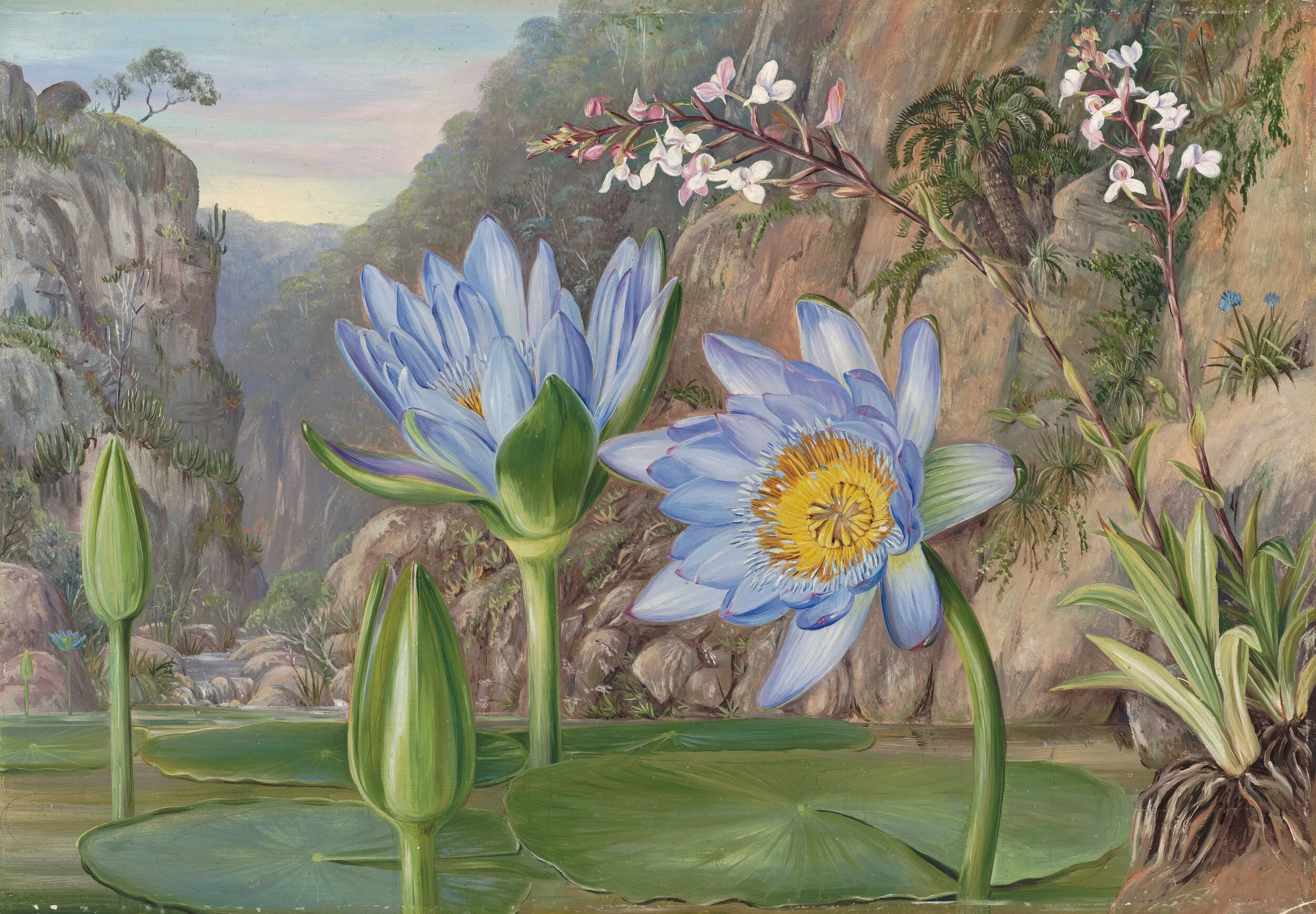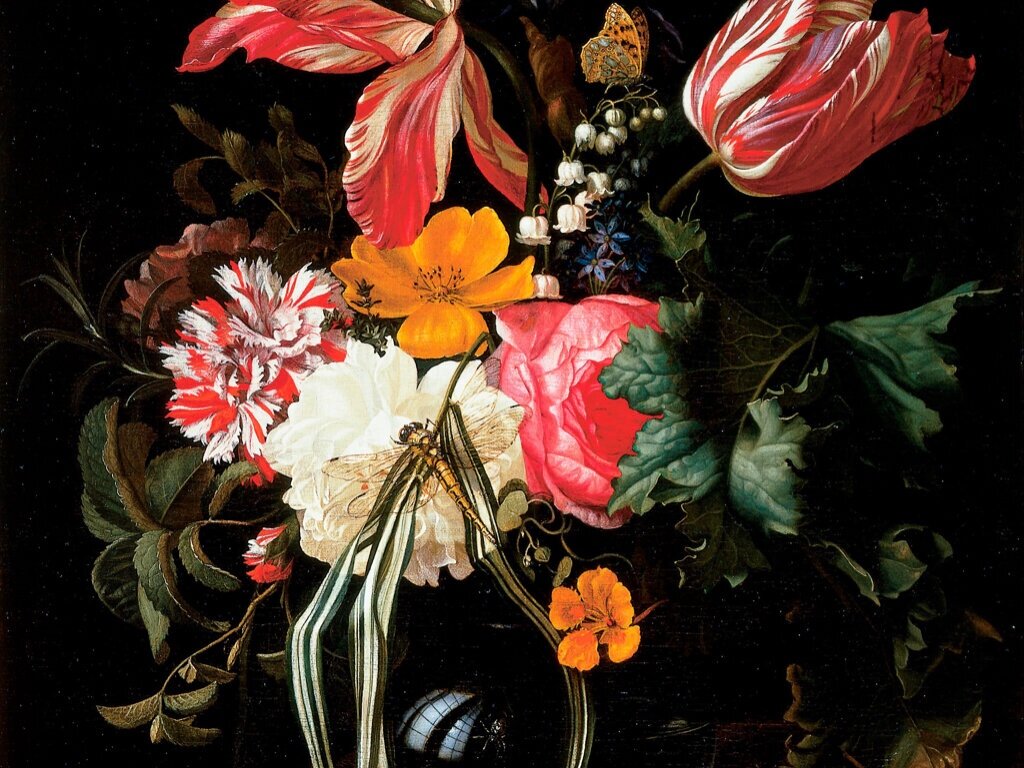
Arts Society Lecturers and Special Study Day
The Arts Society offers enjoyable opportunities to discover and support the arts of yesterday, today and tomorrow, wherever you are. Their events provide welcoming places – locally, nationally and globally – to hear excellent lecturers share their specialist knowledge about the arts. I am proud to be one of their accredited speakers and delighted to enjoy the opportunities to meet society members and join with them in exploring a range of botanic and flower art related topics. I am currently enjoying enthusing and engaging audiences in person but can also entertain and educate your society via Zoom if preferred.
Planting and painting, cultivating and creating: inspired and influenced by their dedication to painting ‘en plein air’ artists of the Impressionist movement had an especial relationship with gardens and landscape, most famously expressed by Claude Monet (1840-1926) at Giverny. This talk explores that relationship drawing on the wide range of gardens created and depicted by artists including Gustave Caillebotte, Camille Pissarro, Pierre-Auguste Renoir, Frederick Carl Frieseke, and Pierre Bonnard, placing Giverny and Monet in a wider perspective.
Impressions of Gardens: Gardens of the Impressionists
NOTE: 2026 is the centenary of the death of Claude Monet
(Image Chrysanthemums in the Garden at Petit-Gennevilliers Gustave Caillebotte 1893 MetMuseum Open Access)
Worshipped by Aesthetes and cultivated by Impressionists the sunflower casts its golden rays across art and culture. A personification of the divine and the regal, we trace its history from classical myth to twentieth century painting via Van Dyck and Van Gogh, Clytie and Klimt, Monet, Rivera, Wilde and Watts. Green and gold, human and divine, the adoring and the adored, the Sunflower.
The Sunflower in Art and Culture
IMAGE: Claude Monet 1881 The Artist’s Garden at Vétheuil (NGA Washington Open Access)
Special Interest Day:
Sunlight, Sunflowers and Cultivating Colour
Bathed in sunlight this Special Interest Day is themed around the colour yellow, as it weaves its way through, pigment, plants and painting. We will commence our exploration by tracing the use of yellows in art and textiles from the ancient ochre pigments of cave art to through sacred yellow jades. Egyptian orpiment, and Georgian silks, through to the yolk-coloured interiors of Victorian fashions. The Sunflower will take us on our next journey tracing its divine arc through art and culture from the Aztecs, to Apollo, to the canvases of van Dyke and van Gogh, a symbol of the divine and the cycle of life. Bringing heaven to earth will be the topic of the final part of our day as we expand our colour palette and weave the threads of painting, planting and Impressionism - reaching back into the earth where we started.
Image: Odilon Redon : 1901 Madame Arthur Fontaine (Marie Escudier, 1865–1946) Met Museum






